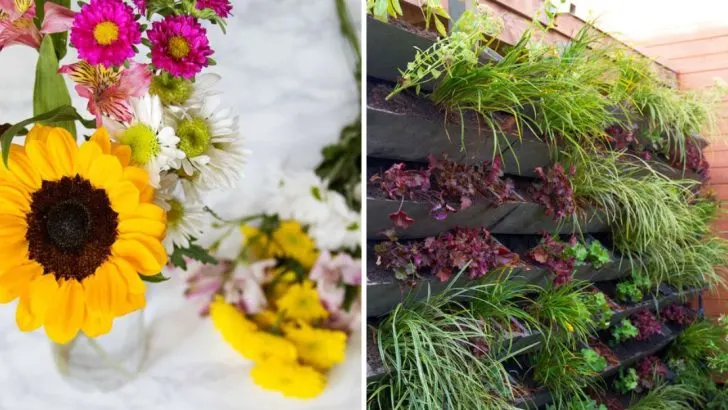There’s no shortage of garden hacks floating around online — some clever, some questionable, and a few that just waste your time (and sometimes your plants). It’s easy to get caught up in a quick fix or trendy tip, especially when it promises to make gardening easier or more productive. But the truth is, not every viral trick holds up when it’s put to the test outdoors.
We rounded up six popular hacks that sound helpful but don’t really deliver, along with ten solid tips that real gardeners actually rely on. From saving money to keeping plants healthier for longer, these tried-and-true methods have earned their place in the soil. So before you spend another afternoon burying banana peels or spraying soda on your roses, here’s what’s worth keeping — and what’s better left behind.
Burying Banana Peels for Fertilizer
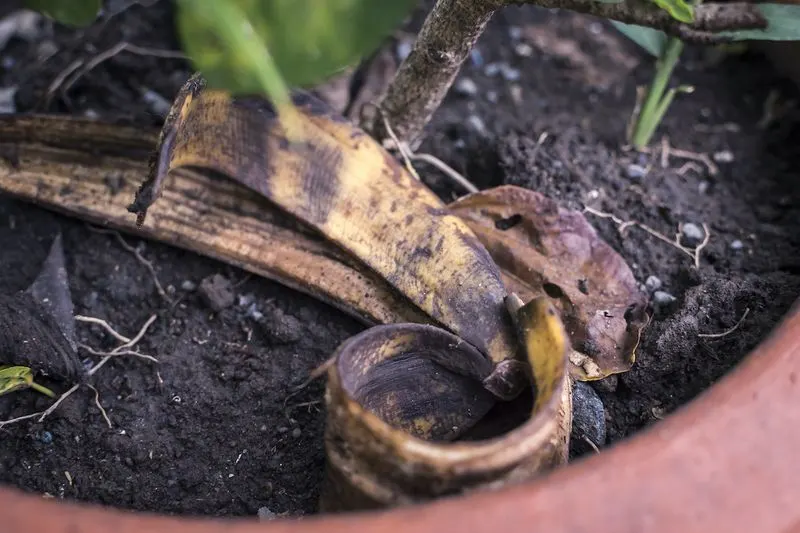
Many gardeners believe that burying banana peels provides an instant nutrient boost to plants. While bananas are rich in potassium, simply burying the peels doesn’t break them down quickly enough to be effective. The peels must decompose first, which takes time and can attract unwanted pests.
Instead, consider composting the peels first to break them down into a nutrient-rich compost. This method ensures the nutrients are more readily available to your plants, promoting healthier growth.
Skipping the compost step might not yield the lush results promised by this hack.
Using Sugar Water to Revive Plants
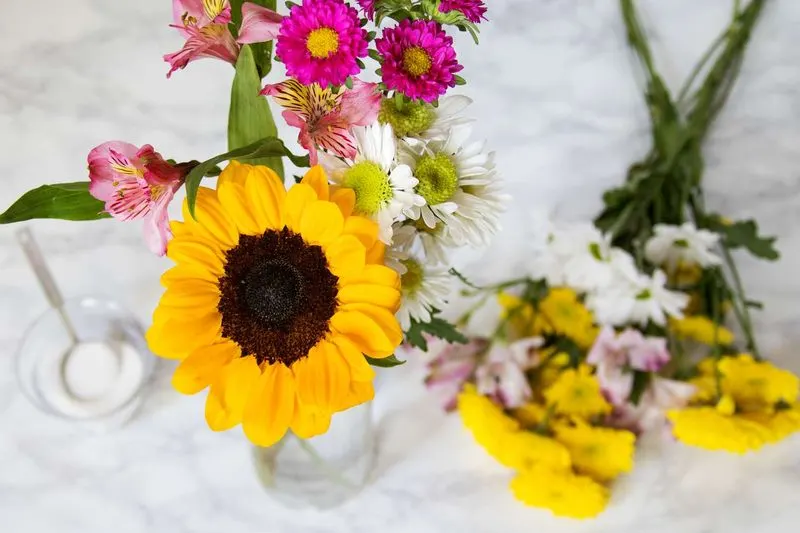
It’s tempting to reach for sugar water when plants look droopy, but this hack can do more harm than good. Sugar can disrupt soil balance, leading to microbial overgrowth, which inhibits plant growth.
A better approach is to assess the plant’s watering needs or check for root issues. Adjusting water frequency or repotting may help revive your green friends.
Stick to balanced fertilizers for an energy boost instead of resorting to sugar. This ensures your plants get the nutrients they need without the negative side effects of this sugary quick-fix.
Epsom Salt for Lush Roses
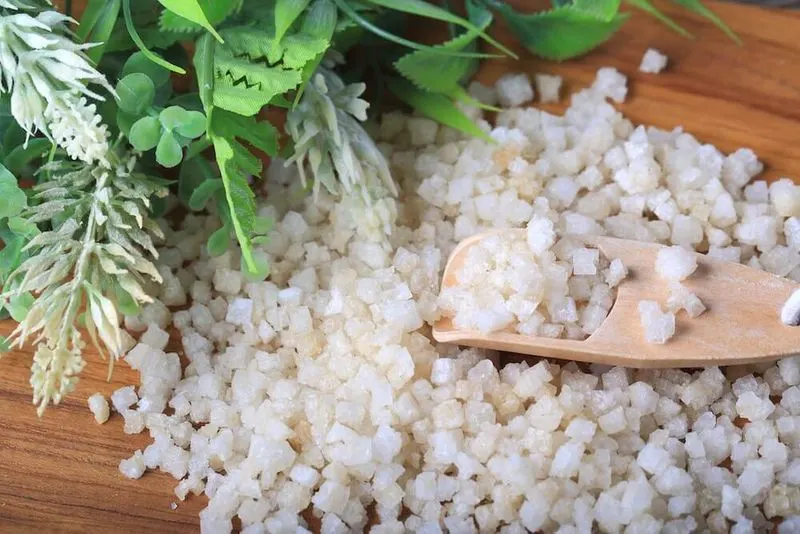
Sprinkling Epsom salt around rose bushes is often touted as a cure-all for vibrant blooms. While magnesium sulfate can benefit plants deficient in magnesium, most garden soils contain enough to begin with.
Overuse may lead to salt buildup, harming plants more than helping. Instead, soil testing can determine if your garden needs additional magnesium.
Relying solely on Epsom salt may miss other nutrient needs of your roses. Use it wisely, if at all, and supplement with a balanced fertilizer to ensure all-around healthy growth for your blooms.
Coffee Grounds for Acid-Loving Plants

Coffee grounds are commonly suggested for acid-loving plants like azaleas and blueberries. While they can slightly acidify soil, using too much can lead to imbalances and hinder plant growth.
To use successfully, mix grounds into compost first. This ensures they break down properly, enhancing nutrient availability without overwhelming your plants.
Interestingly, spent coffee grounds may also deter pests, but moderation is key. Overdoing it can impede water drainage, so sprinkle sparingly for best results.
Baking Soda for Sweeter Tomatoes

The idea of sprinkling baking soda on soil to grow sweeter tomatoes sounds delightful, but it’s more myth than reality. Baking soda slightly raises soil pH, which may reduce acidity but doesn’t necessarily affect sugar content.
Focusing on proper watering, sunlight, and soil conditions will contribute more to flavor than baking soda. Testing soil pH and adjusting as needed provides a better approach.
Growing conditions and tomato varieties primarily determine sweetness, making this hack more wishful thinking than garden wisdom.
Aspirin in Water for Plant Health

Adding aspirin to water is believed to boost plant immunity and growth. While salicylic acid in aspirin can mimic plant hormones, it’s not a guaranteed cure-all.
Some studies suggest it helps plants resist diseases, but it might also stress plants if not used correctly. Careful application and frequency are crucial.
Rather than relying solely on aspirin, ensure your plants have the right environment, nutrients, and care for robust health. This hack might offer occasional benefits but isn’t a substitute for comprehensive plant care.
Companion Planting for Pest Control

Companion planting is a beloved technique among gardeners to naturally deter pests and bolster plant growth. Planting marigolds near tomatoes can help ward off nematodes, while basil nearby enhances flavor.
The idea is to create a balanced ecosystem where plants support each other. However, it requires knowledge and planning to succeed.
Understanding which plants benefit each other can make a world of difference. This method is tried, tested, and favored by gardeners for cultivating thriving gardens without chemical interventions.
Eggshells for Calcium

Using crushed eggshells to add calcium to garden soil is a practical and sustainable way to enhance plant growth. They decompose slowly, releasing calcium and improving soil structure.
Sprinkle them around tomatoes to prevent blossom end rot, or mix them into compost for gradual nutrient release. This method supports healthy plant development without synthetic fertilizers.
Eggshells also deter slugs, providing a natural pest control measure. This simple hack is a favorite among gardeners for its multiple benefits and eco-friendly approach.
Mulching with Straw
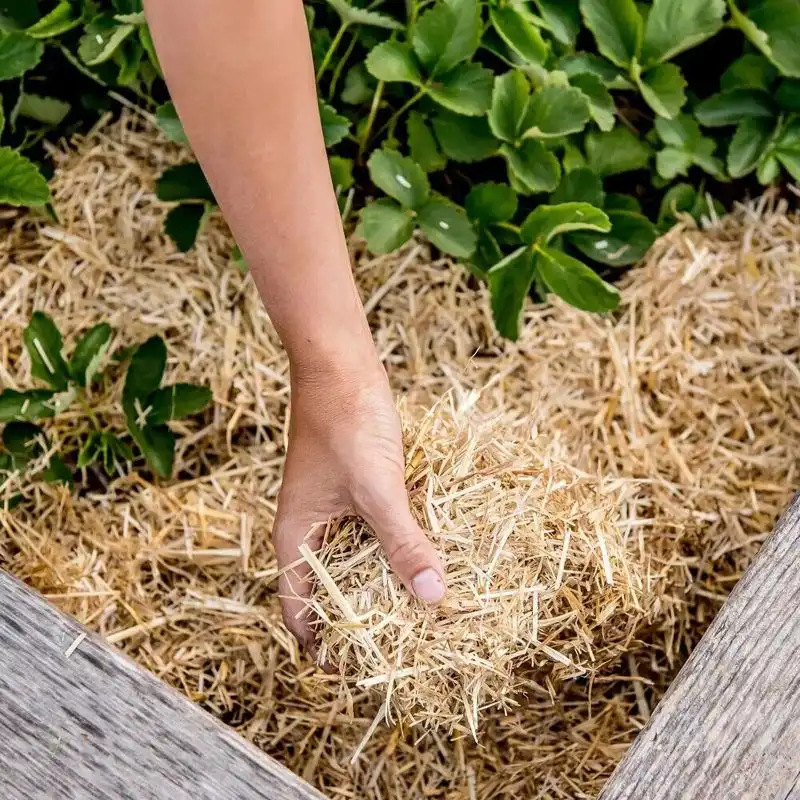
Mulching with straw helps conserve moisture, suppress weeds, and regulate soil temperature. It’s a time-honored method that enhances soil health while reducing the need for synthetic aids.
Lay a thick layer over garden beds, allowing plants to peek through. Over time, straw breaks down, enriching the soil with organic matter.
This hack is beloved for its simplicity and effectiveness in creating a thriving garden environment. Straw mulch is a gardener’s ally, nurturing plants naturally and sustainably without harsh chemicals.
Rainwater Harvesting
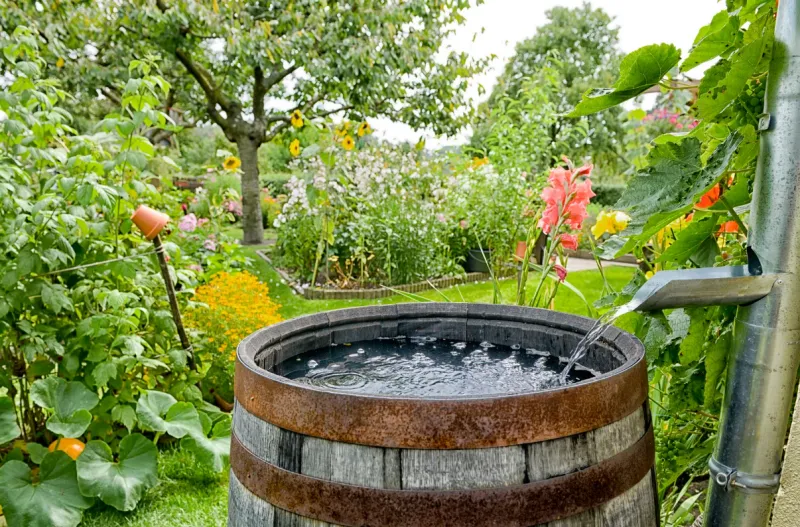
Collecting rainwater is an eco-friendly practice that supplies gardens with chlorine-free water, ideal for plant health. Rain barrels capture and store rainfall, providing a sustainable water source for dry spells.
Position barrels under roof downspouts for maximum collection. Use this natural resource to water plants without relying on municipal water supplies.
This hack is praised for its environmental benefits and cost-saving potential, making it a smart choice for conscientious gardeners. Embrace rainwater harvesting as a step towards greener gardening practices.
Growing Herbs Indoors
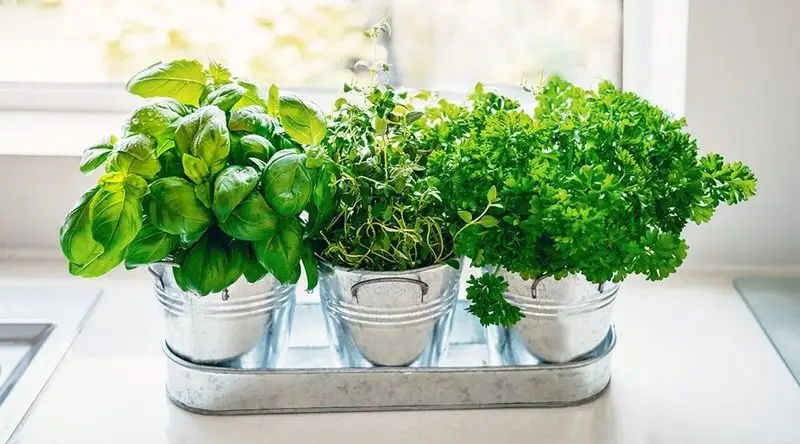
Cultivating herbs on a sunny windowsill brings fresh flavors to your kitchen year-round. Select herbs like basil, rosemary, and thyme that thrive indoors.
Ensure they receive ample sunlight and regular watering for optimal growth. Utilize pots with good drainage to prevent root rot.
This convenient hack allows easy access to fresh herbs, enhancing culinary creations while adding greenery indoors. Many gardeners swear by this method for its simplicity and rewarding results, perfect for seasoned and novice gardeners alike.
Introducing Beneficial Insects
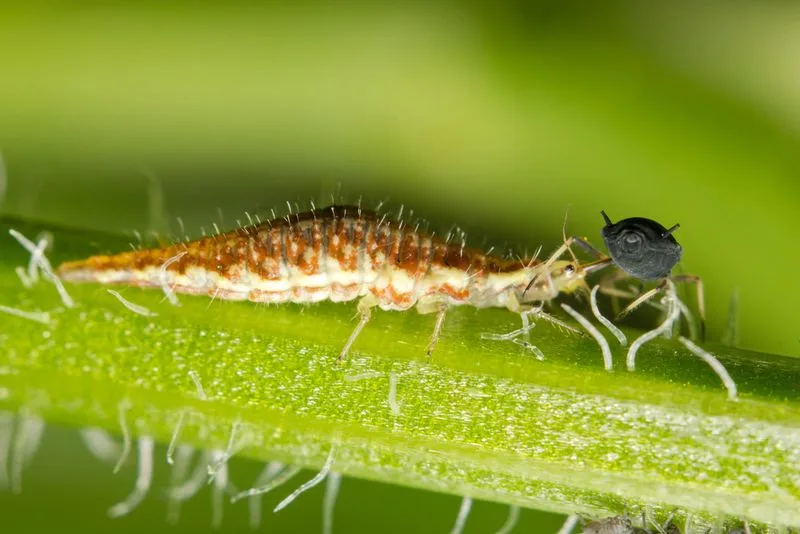
Introducing beneficial insects like ladybugs and bees to your garden provides natural pest control and pollination. Ladybugs devour aphids, while bees ensure fruit and seed production.
Create a welcoming habitat with diverse plantings to attract these allies. Avoid chemical pesticides to maintain a safe environment.
Gardeners cherish this hack for its eco-friendly approach, fostering a balanced ecosystem while promoting plant health. Beneficial insects are a gardener’s best friend, working tirelessly to keep gardens vibrant and productive.
Creating a Compost Heap

Composting transforms kitchen scraps and yard waste into rich, organic material for your garden. Build a heap with layers of greens and browns, turning regularly to aerate.
This process recycles waste, reduces landfill contributions, and nourishes plants naturally. Composting is a cornerstone of sustainable gardening practices.
Gardeners appreciate this hack for its dual benefits: environmental responsibility and healthier plants. Embrace composting to enrich your garden soil and contribute to a greener planet, one heap at a time.
Vertical Gardening for Small Spaces

Vertical gardening maximizes space by growing plants upward instead of outward. Ideal for small spaces, it brings greenery to balconies, patios, or small yards.
Use wall-mounted planters, hanging baskets, or trellises to create vertical gardens. Choose plants like herbs, flowers, and small vegetables that thrive in confined spaces.
This innovative hack is loved for transforming limited areas into lush, vibrant spaces. Vertical gardening is a creative solution for urban dwellers and small-space gardeners, proving that limited space doesn’t mean limited growth.
Using Vinegar as a Herbicide
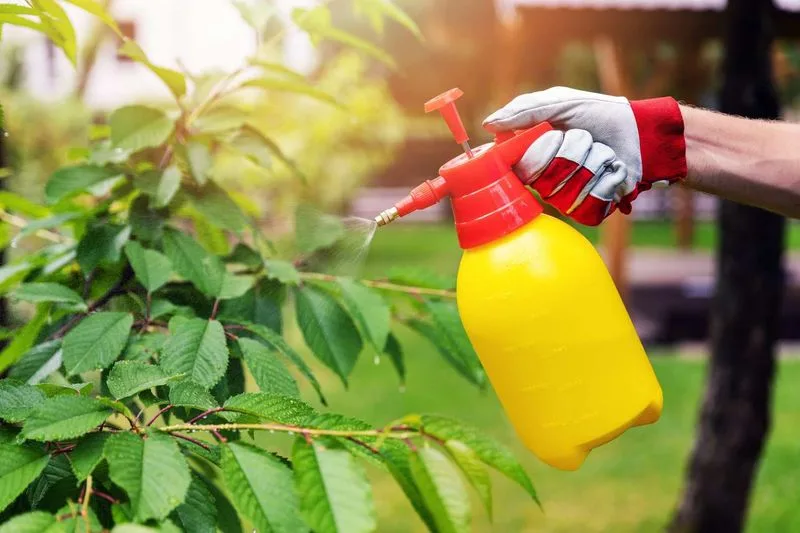
Using vinegar as a natural herbicide targets weeds without harming the environment. Its acetic acid content breaks down cuticle walls, effectively killing unwanted growth.
Apply directly to weeds, avoiding desired plants, as vinegar isn’t selective. Reapplication may be needed for stubborn weeds.
Gardeners favor this hack for its eco-friendliness and simplicity. Vinegar offers a safe alternative to commercial herbicides, perfect for those seeking chemical-free gardening solutions. Use with care to maintain a thriving, weed-free garden.
Cinnamon for Fungus Control
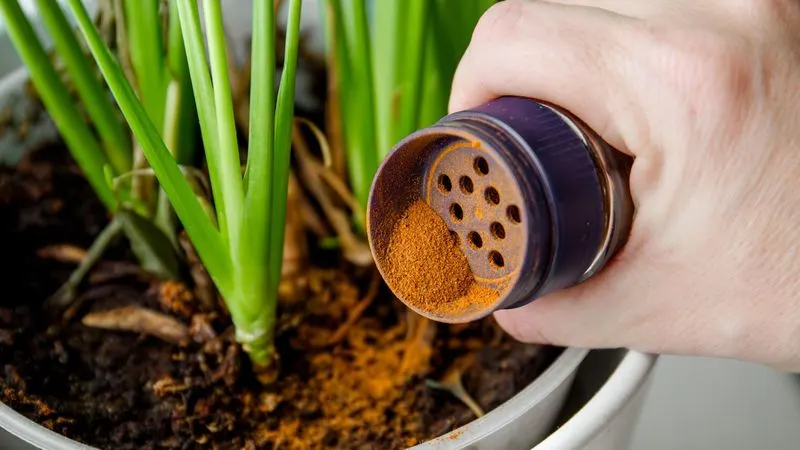
Cinnamon is a surprising yet effective tool for controlling fungal growth in gardens. Its antifungal properties help prevent damping-off disease in seedlings.
Sprinkle a light layer on soil surfaces or mix with water for a spray to protect young plants. This aromatic spice is an excellent natural remedy for seedling care.
Gardeners appreciate this hack for its gentle yet effective approach to fungus control. Cinnamon is a fragrant ally in maintaining healthy seedlings, offering a natural alternative to chemical fungicides.

